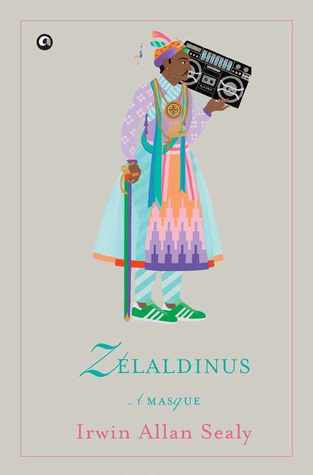In its broadest sense a masque is a pageant—a brilliant amalgamation of dazzling music, dance and colour. Zelaldinus (Jalaluddin Akbar) in his days as the Mughal emperor, is supposed to have held many masques in Fatehpur Sikri, the red stone capital he built in the Aravali range, beyond Agra. There, the women of his
huge harem would dress up and parade on a courtyard designed as a chequer board for the delectation of his court. Or so history reports. While this mediaeval masque was a titillation of the senses, the masque presented by Sealy in his book is a titillation of the mind, a pageant of ideas and thoughts with hefty doses of history and modernity thrown in. Sealy visited Fatehpur Sikri seven times:
summer summer summer summer winter winter. now spring. (p. 142) to get the feel of the place and to hone up his knowledge of local lores.

